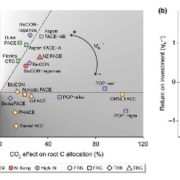
Ecosystem responses to elevated CO2 are governed by plant-soil interactions and the cost of nitrogen acquisition
Blog, Careers, Plant Science Research Weekly, Research, Research BlogHow does the cost of nitrogen acquisition affect how an ecosystem responds to elevated CO2? Terrer et al. have addressed this question in a comprehensive review of findings from elevated CO2 experiments, using a plant economics framework. The authors describe ecosystem responses, particularly those of…
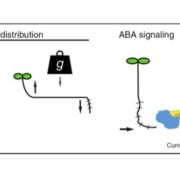
Review: Growth-mediated plant movements: hidden in plain sight ($)
Blog, Plant Science Research Weekly, Research, Research BlogTime-lapse imaging reveals the slow movements of plants, such as phototropism and gravitropism. Harmer and Brooks review the molecular bases for these growth-mediated movements. While auxin has long been known to be involved in photo- and gravitropisms, new results show that ABA is involved in the movement…
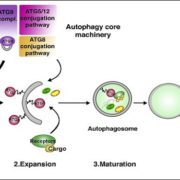
Review: Autophagy as a mediator of life and death in plants ($)
Blog, Plant Science Research Weekly, Research, Research BlogAutophagy is a major pathway involved in degradation and recycling of the cytoplasmic components in a cell. This pathway is functionally well conserved in maintaining cellular homeostasis and modulation of stress responses among yeast, plants and animals. Recent evidence suggests that autophagy targets…
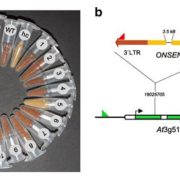
Inhibition of RNA polymerase II allows controlled mobilization of retrotransposons for plant breeding
Blog, Plant Science Research Weekly, Research, Research BlogThe lack of acceptance of GM-breeding calls for alternative strategies to develop new crop varieties to feed the world's growing population. Moreover, the regulation of novel approaches for genome editing (CRISPR, TALEN) is still unclear and will potentially remain so for the near future (or will likely…
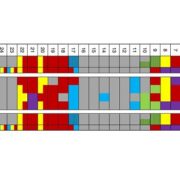
Recombination between members of Onsen family
Blog, Plant Science Research Weekly, Research, Research BlogPlant genomes are largely remnants of transposons of varying ages, some of which are presumed to be no longer capable of transposition. Sanchez et al. examined the family of Onsen retrotransposons to determine which members retain activity. They prompted transposition through heat treatment in a mutant…
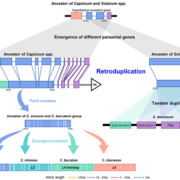
Amplification of plant disease-resistance genes in pepper is intimately linked to transposon activity
Blog, Plant Science Research Weekly, Research, Research BlogPeppers are an economically and ecologically important crop plants, but genomic resources are rather scarce. The authors provide here new reference genome sequences for three species of hot pepper (Capsicum baccatum, C. chinense and C. annuum), identifying evolutionary forces that have shaped pepper…
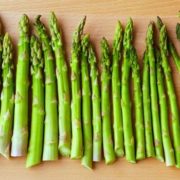
How asparagus recently changed its lifestyle from hermaphroditism to distinct males and females
Blog, Plant Science Research Weekly, Research, Research BlogSex determination in the animal kingdom has been relatively well studied, with two main systems responsible for the sexes in mammals, insects, birds, reptiles and fish; XY and ZW sex-determination. Although much is still unknown about these systems, with many exceptions being discovered to previously…
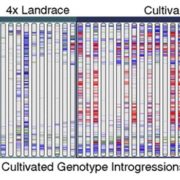
Complex evolutionary history and targets of domestication in the cultivated potato
Blog, Plant Science Research Weekly, Research, Research BlogPotatoes originated in the Andes of southern Peru, and are now the third most important crop for direct human consumption. Hardigan et al. sequenced 67 potato relatives, including South American landraces, North American cultivars and wild-diploid species to learn about the genetics of modern potato’s…
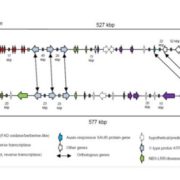
Canalization of tomato fruit metabolism
Blog, Plant Science Research Weekly, Research, Research BlogPlants are noted for their phenotypic plasticity, but there are also examples of phenotypic canalization, which Alseekh et al. define as “the property of those phenotypic traits showing no environmental effect when individuals of a specific genotype are exposed to a set of different environments.”…

